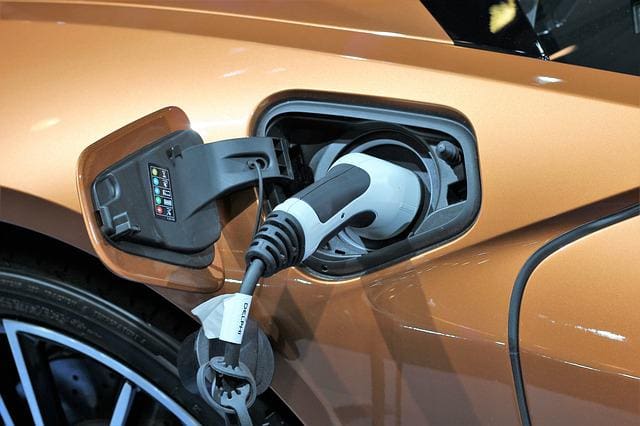With plans for the big move towards electric well underway, many motorists are beginning to get ready for the end of petrol and diesel cars. More and more evidence reveals that electric is better for the environment than what we have now. It stands to reason that the government wants to swap out traditional fuel for this alternative.
We have eight years to line up our ducks, so it’s worth getting used to these vehicles now. If you’ve just invested in an electric vehicle (EV), you’ll want to know everything you can to make sure your motor runs smoothly. One thing to tick off the list is charging at home. Here’s how to organize your at-home charging setup.
Find the right charger
The first decision is whether you go for a tethered or untethered charger. Both options have their plus points, so it’s worth researching what works for your vehicle.
Most EV owners opt for tethered wall box chargers. This is because the cable comes with the charger, making it easy to park up and plugin after you’ve been for a drive. The main downside with this type of charger is that if tech moves on, you could find that you have to replace the charger with a newer model.
Untethered chargers don’t include a cable, so you’ll need to locate your charger every time you use it. However, it offers you flexibility as you can use it when you’re out and about and at home.
Find the right spot
You’ll need to plan where you set up your charging point. There are some considerations to make before you commit. Some of these are:
- Where is the charging port on your motor? You’ll need to keep this in mind when installing the charger to easily plug the cable in, especially if the port is at the side of the car.
- How long is the cable? Can it reach the port? Also, is it likely to get in the way or create a trip hazard?
- Can you set up your charger near your router? If you have a smart charger, you’ll need to make sure it can access the Wi-Fi. Think about the signal strength before you set up your charger.
Set up smart charging
This is something you’ll benefit from on the subject of smart charging, so it’s worth setting it up. The main benefit is that you’re saving money as you can plan when you charge up, creating a schedule that suits you.
Additionally, by only charging when it’s needed, you’re saving energy, too. This adds to your EV’s eco-friendly credentials.
You can access smart charging through your car. Double check the smart features so that you know how these work. Also, smart chargers are an investment as they allow you to access your charger preferences through an app.
Assess the cost
There are different government grants available to EV users, and several focus on covering charge installation costs. This can go a long way towards helping with those initial costs of owning an EV – which ultimately cancel out over time as petrol and diesel are more expensive overall.
Featured Image by Goran Horvat from Pixabay





